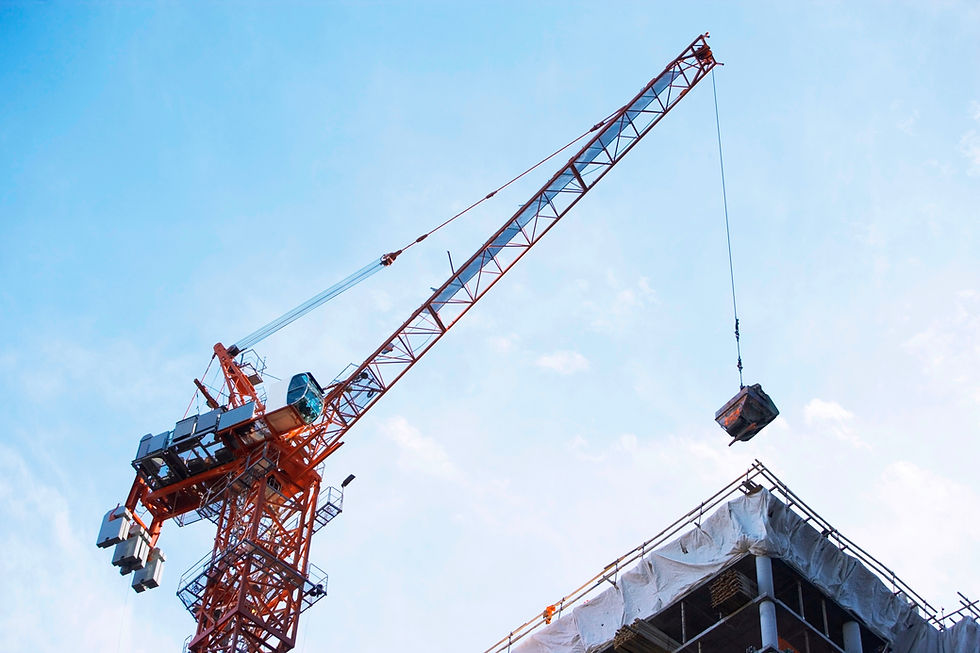Protecting Our Cities and Our Future in 2021
- Ashleigh DePetro

- Jan 6, 2021
- 3 min read
Chaos and uncertainty were the bookends of 2020 as the holidays in Nashville came to a close. Around 5:30 a.m. on December 25, 2020, an RV parked outside of the AT&T transmission building on Second Ave. exploded, injuring 11 people and causing significant damage to 41 businesses in the surrounding area. Three vehicles were set ablaze and a building adjacent to the detonation site collapsed. The blast also resulted in severe service disruptions across Middle Tennessee and surrounding states, including hospital systems, emergency and non-emergency phone networks, cellular, internet, and community COVID-19 hotlines.
Like the AT&T transmission building, the Alfred P. Murrah Federal Building was dangerously close to the street. In 1993, the Oklahoma City Bombing fundamentally changed security standards for federal facilities. The explosion killed 168 people and injured 680. After the attack, President Bill Clinton ordered all executive branch agencies to require their facilities to install crash-rated barriers that create a distance between the vulnerable asset and vehicle terrorism. The Interagency Security Committee (ISC), created in 1995, was the direct result of the Oklahoma City Bombing. The ISC is now a part of the Cybersecurity & Infrastructure Security Agency (CISA) encompassing a broad range of security regulations, safety assessments, and procedures for infrastructure, cybersecurity, emergency communications, and national risk management.
Federal facilities, however, are not the only critical structures that require protection. Data centers, hospitals, schools, and utilities, for example, all need preventative structures like truck-resistant barriers and vacant, surrounding space where no vehicle can enter. The more distance or “stand-off” space you can create between a vehicle and the building, the better. But this can be difficult to accomplish in urban spaces. The AT&T transmission building was built decades before our country experienced vehicle terrorism. Today, critical structures are usually built away from large cities with multiple levels of security (e.g., hardening of building exteriors, site planning, and visitor control).
Urban areas are natural targets for terrorist attacks: the densely populated areas, cultural and commercial centers provide a spectacle and increased probability for loss of life. According to Robert Muggah and Katherine Aguirre of the Igarapé Institute, urban terrorism is becoming more deadly. The number of people dying from terrorism around the globe has increased significantly over the last two decades. In 2000, 500 people died from terrorist attacks around the world. In 2014, that number increased to 20,000.
With each new attack we discover new weaknesses that need to be fortified and make new steps toward securing our assets. Retractable bollards were installed in December of 2017 on Bourbon Street in New Orleans, a little over a year after an act of vehicle terrorism in Nice, France killed 86 people during the Bastille Day Parade. Now, due to the Nashville attack, we are seeing movement in legislation as Senator Marsha Blackburn (R-Tennessee) states that she will work with both parties to pass a bill introduced in 2020 that will "enhance our domestic networks by making them more resilient, redundant, and interconnected."
As we begin 2021, businesses and municipalities should consider a proactive approach to securing their spaces from vehicle terrorism. For the sake of our future, we should act now to harden our soft targets before another tragedy ensues. Assess your critical structures and take the necessary precautions to ensure a safe and happy new year. Click on the following links below to view infrastructure vulnerability checklists and other resources from the Federal Emergency Management Agency (FEMA) and the CISA:



Comments